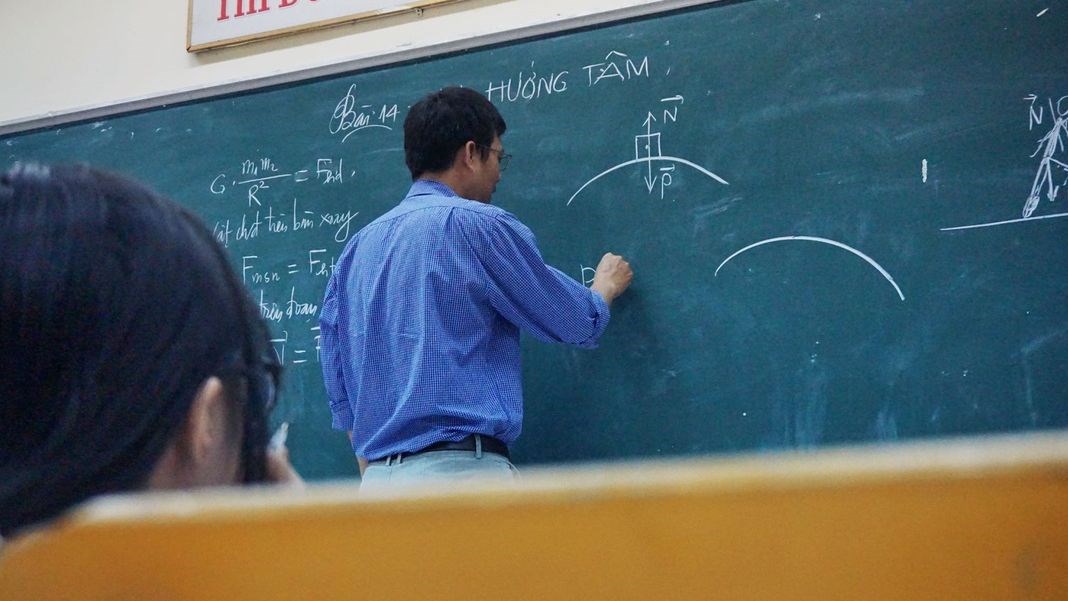District staff and administrators prepare for the part-time return of secondary students

Preparation for the part-time return of secondary students to their schools on June 1 is in full swing in the Vancouver School District, with health and safety remaining top of mind.
Secondary students who opt to return will attend the equivalent of one full school day per week. What this looks like will vary between schools. Typically, most students will attend only one or two class times per day. Students who are not scheduled to attend a class should not be in the school unless arrangements have been made with a teacher. Teachers have been working out specific schedules and sharing that information with their students.
Guidelines issued by the Provincial Public Health Officer for the K-12 setting stipulate that no more than 20 per cent of a secondary school’s student population is to be in the school at any given time. Most students will leave the school when they are not attending a scheduled class. This will enable the density threshold to be maintained and accommodate students in special education programs, children of essential service workers, and vulnerable students – all of whom are able to attend school five days per week, as announced by the Minister of Education on May 15.
Measures are in place to ensure there is physical distancing, as well as reminders and tools for maintaining hygiene. Schools received deliveries of hand sanitizer, which will be placed in classrooms without sinks, as well as in common areas like entrances and the main office. There will be a spray bottle and cleaning cloth in each room. Lockers will not be used. Principals and vice principals worked together with school building engineers and custodians to develop a cleaning schedule, ensuring classrooms are cleaned between use. There will be no more than 15 students in a classroom at one time, and common spaces will be closed unless they are needed to maintain physical distancing.
Students will notice signs on the walls, reminding them to stay two metres apart and wash their hands frequently. Signage on floors will indicate where to stand and which direction to travel. Students and staff will have separate entrance and exit points, and administrators determined where students will enter and exit in a way that allows physical distance to be maintained.
There is a space designated in each school for isolation should a student display symptoms of COVID-19. If symptoms are displayed, the student will immediately have to go to that space, and their parent or guardian will be contacted so plans for the student’s return home are made.
Students’ families must assess the health of their child each day before sending them to school, and to keep them at home if they are showing any signs of illness.
In these last weeks of a very different school year, staff are uniquely aware of the possible impacts the pandemic and a return to school may have on students’ mental health and well-being. They will be modelling calmness, setting the example for their students, as they guide their school communities through this phase of instruction. In addition, a regular routine will also help students move forward in a world that looks very different than a few months ago.
For more information about the return to in-class instruction, visit COVID-19 Updates.
